While it’s clear that most associations see their role closely following the path set forth by their industry, one question we heard in recent interviews is what particular lane they belong in.
Associations are correct to ask this question, as members call on them to fulfill many purposes. You’re instrumental in setting up face-to-face meetings between members to build cooperation and understanding throughout your industry. You may be talking to lawmakers on behalf of your members, advocating their positions. On any given day, you might help them promote and develop a steady workforce, provide them a forum to share best practices or throw them a great party. It hardly sounds like a single lane – they have you swerving everywhere!
Life Between the Lines
When your organization’s role is one of a generalist that helps everyone in the industry, picking a focus area and sticking to it is not the easiest decision. This “center of the action” vantage point is your unique value proposition as an association, so it’s only natural to hesitate to give up parts of this portfolio. Individuals on your team may also naturally gravitate to particular roles or specialties, creating institutional inertia in one direction or another.
The answer may be already within reach. Here are a few things to consider.
1. Remember the Mission
Your association’s mission and vision statement might be an ideal first stop. The busy day-to-day world of the tactical tends to push the big-picture thinking to the side. Reconnecting with your core value proposition and how it differentiates your organization is always time well spent.
2. Listen to Members
If the mission changes, your members will be the first to inform you. How have their needs evolved over the past few years? Are there innovations or challenges in your space that require something more strategic than tactical? How does your inventory of member services line up with the new landscape?
3. Listen to the Data
In addition to the qualitative (people’s opinions), look to the quantitative (measurable observations) to help steer your decisions. Engagement leaves a trail – trends in your paid memberships, recruitment, program participants, renewals, and event attendees will tell a story of where members see you fitting in their world. Member surveys and net promoter scores (NPS) on how your services are perceived are also great resources for your team to adjust your fit.
Don’t forget the wealth of data on your member’s businesses that may be available, as it will give you a critical perspective on the pulse of your industry and where it’s going. (Shameless plug – we can help you provide exclusive information to your members through our benchmarking services.)
4. Put it All Together
Your trusted advisors within your staff and board leadership can help you synthesize these sources and understand the complete picture. Clear, open communication across your team will help to incorporate feedback, minimize misunderstanding, and encourage alignment.
You Don’t Need to Do It All
Remember that all gardens benefit from the occasional pruning. Research and interviews with your team and your members can highlight opportunities to sunset the services and features that have run their course.
Sometimes a service doesn’t need to end, but someone else can take care of it. Trusted partners can extend your capabilities, particularly in areas beyond your core competencies.
There’s Only One You
Your industry’s connections and people are your association’s true value proposition. Doing the things that only you can do is how you make your most significant impact.

